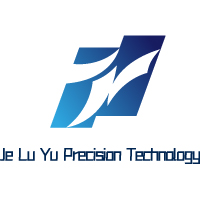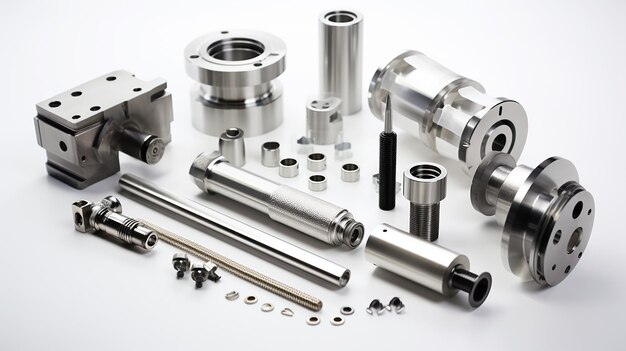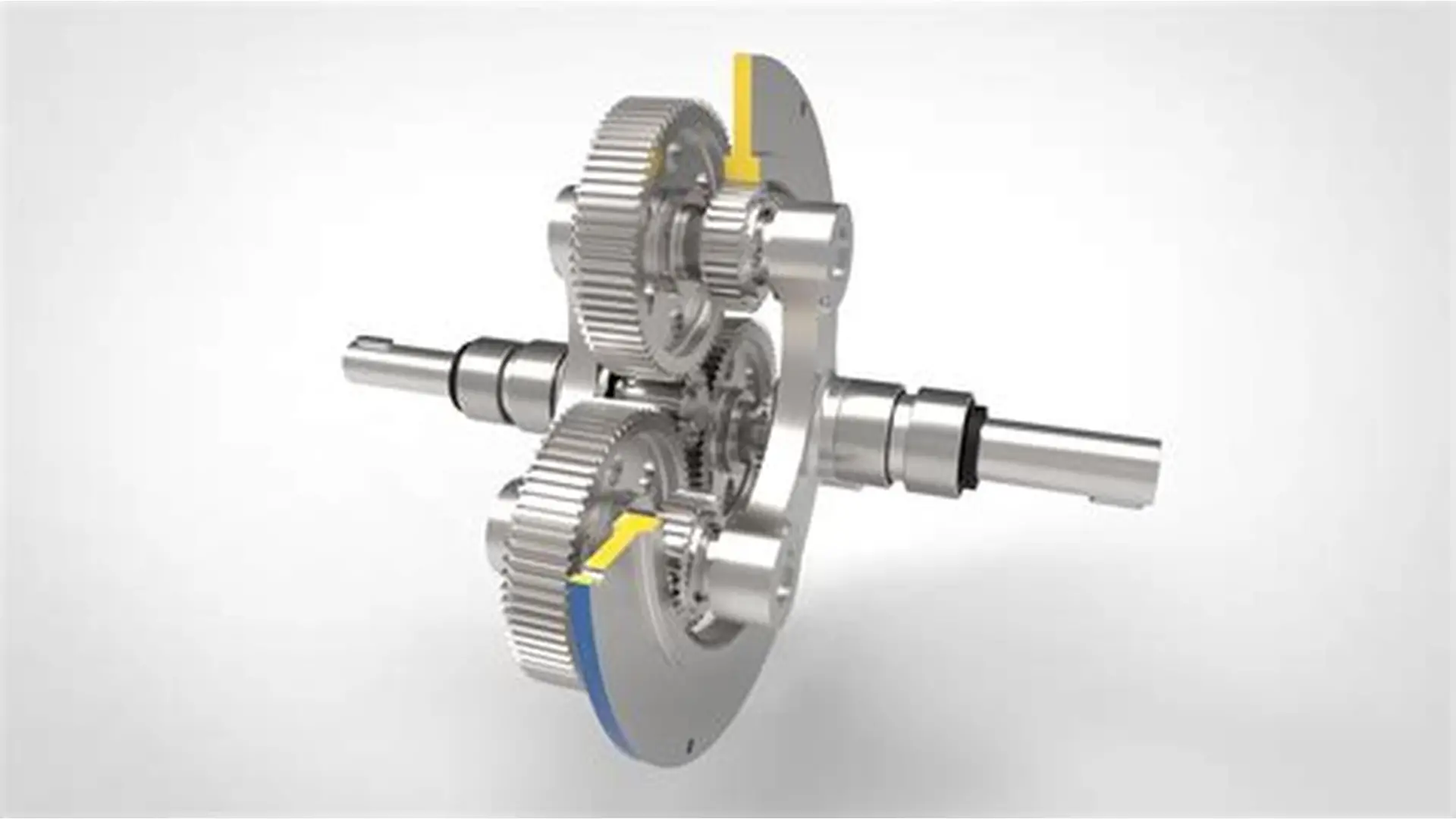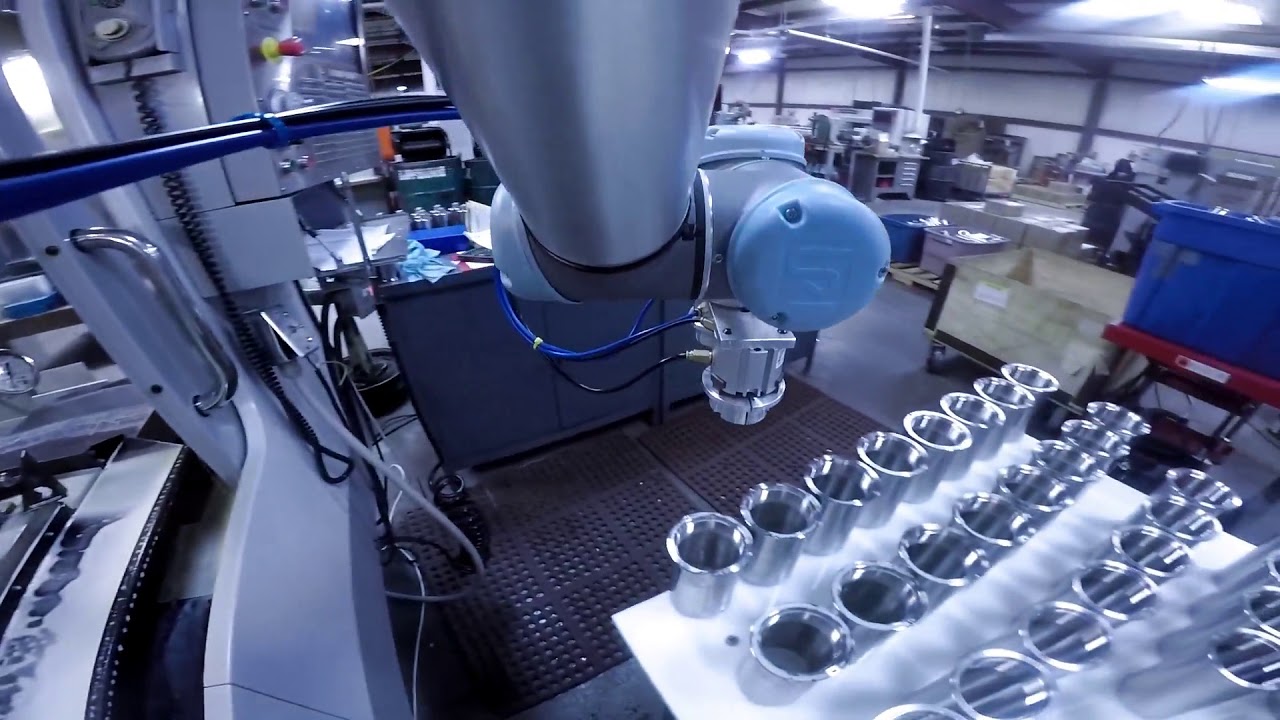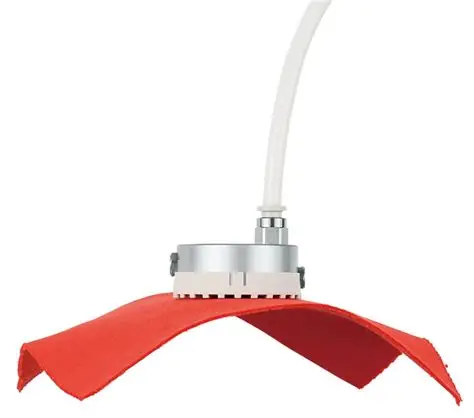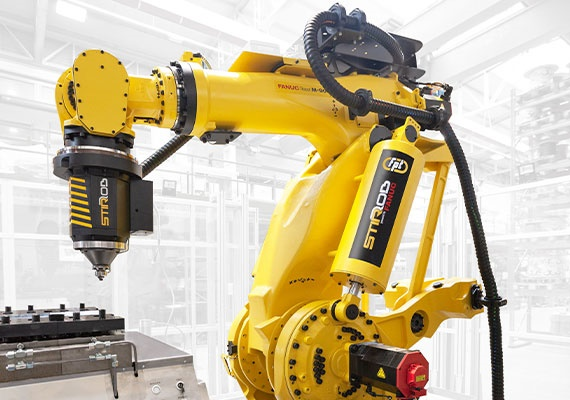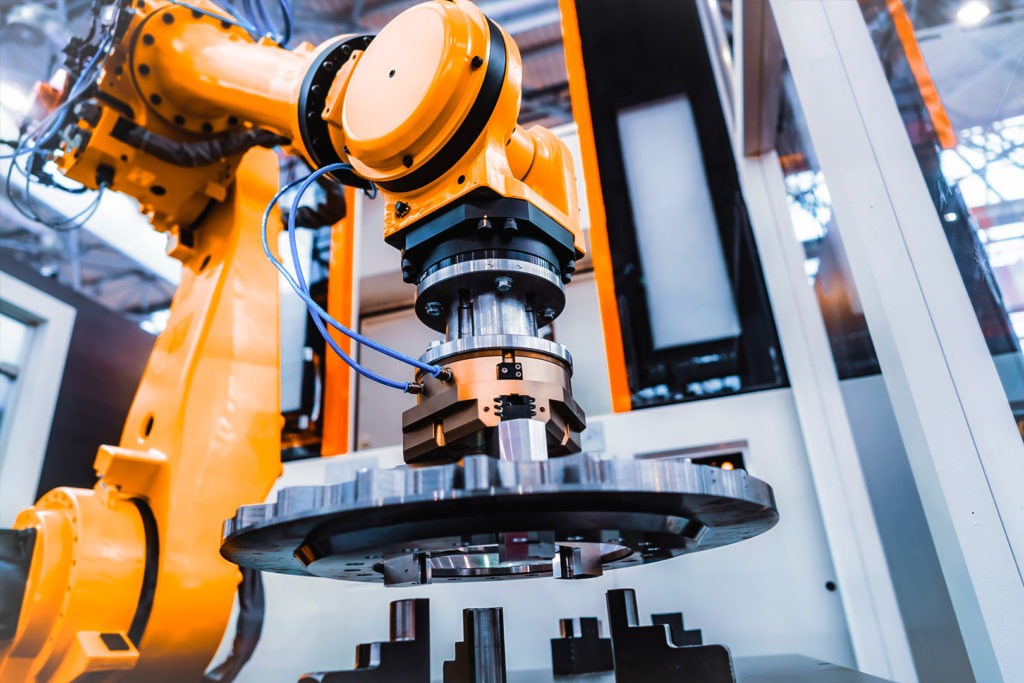Mastering Magnesium Alloy Machining: Complete Guide for High-Performance CNC Applications
Introduction: The Rising Importance of Magnesium Alloy in Precision Manufacturing
Magnesium alloy has emerged as a game-changing material in advanced manufacturing, offering the lightest structural metal available with a density of just 1.74 g/cm³. As industries increasingly prioritize weight reduction without compromising strength, magnesium alloys have become essential across aerospace, automotive, medical, and consumer electronics sectors. The exceptional machinability of these alloys enables manufacturing efficiencies unmatched by other metals, but requires specialized expertise to overcome unique challenges like thermal management and fire safety considerations.
At our CNC machining facility, we’ve pioneered advanced techniques for magnesium alloy processing that leverage the material’s full potential while mitigating risks. This comprehensive guide explores the technical nuances, cutting-edge methodologies, and practical applications of precision magnesium alloy machining, providing engineering professionals with actionable insights for their next lightweight component project.
Understanding Magnesium Alloy Properties and Material Characteristics
Fundamental Metallurgical Properties
Magnesium alloys possess a unique combination of physical and mechanical properties that make them exceptionally suitable for precision machining:
Table 1: Key Properties of Common Magnesium Alloys for CNC Machining
| Alloy Type | Composition | Tensile Strength (MPa) | Thermal Conductivity (W/m·K) | Primary Applications | Machinability Rating |
|---|---|---|---|---|---|
| AZ91B | Mg-9Al-1Zn | 230-250 | 51-72 | Automotive, electronics enclosures | Excellent |
| AZ31B | Mg-3Al-1Zn | 255-290 | 76-96 | Aerospace components, automotive frames | Very Good |
| AM60 | Mg-6Al-0.3Mn | 220-240 | 61-78 | Automotive interiors, consumer electronics | Excellent |
| ZK60A | Mg-5.7Zn-0.6Zr | 295-325 | 116-125 | High-strength structural applications | Good |
| WE43 | Mg-4Y-3RE | 250-280 | 51-63 | Aerospace, defense, high-temperature applications | Fair |
The high thermal conductivity of magnesium alloys facilitates rapid heat dissipation during machining, significantly reducing thermal distortion compared to other metals. This property enables higher cutting speeds and extends tool life, contributing to improved manufacturing economics.
Material Advantages for CNC Machining
Several characteristics make magnesium alloys particularly advantageous for precision machining applications:
-
Low Cutting Energy Requirements: Magnesium alloys require significantly less cutting energy compared to other structural metals, enabling higher machining efficiency
-
Superior Surface Finish: Typically, only a single finishing pass is needed to achieve required surface quality, reducing processing time
-
Excellent Chip Formation: Magnesium produces short, discontinuous chips at optimal parameters, facilitating efficient chip evacuation
-
Minimal Tool Wear: The relatively soft nature of magnesium alloys results in extended tool life compared to harder materials
Advanced CNC Machining Techniques for Magnesium Alloys
Optimized Tooling Strategies
Selecting appropriate cutting tools is critical for successful magnesium alloy machining. The soft, abrasive nature of magnesium demands specific tool geometries and materials:
Table 2: Tooling Recommendations for Magnesium Alloy Machining
| Operation Type | Tool Material | Optimal Geometry | Surface Finish Considerations |
|---|---|---|---|
| High-Speed Milling | Micro-grain carbide with TiAlN coating | 3-4 flutes, 35-45° helix angle | Positive rake angles (10-15°) for smooth shearing |
| Precision Turning | PCD or sharp carbide inserts | Positive rake geometry, sharp cutting edges | Polished flutes prevent material adhesion |
| Drilling | Carbide with specialized point geometry | 118-130° point angle, polished flutes | Reduced lip angles for clean hole walls |
| Threading | High-speed steel (HSS) with TiN coating | Sharp, properly relieved geometry | Optimized for chip evacuation in blind holes |
Research indicates that polycrystalline diamond (PCD) tools demonstrate exceptional performance in magnesium milling applications, potentially extending tool life up to 10 times compared to aluminum machining. The extreme hardness and thermal conductivity of diamond minimize abrasive wear while effectively dissipating heat.
Precision Machining Parameters
Establishing optimal cutting parameters requires balancing material removal rates with surface finish requirements and safety considerations:
-
Cutting Speeds: 600-1200 SFM for roughing, 800-1500 SFM for finishing operations
-
Feed Rates: 0.005-0.015 inches per tooth, adjusted based on feature size and tool diameter
-
Depth of Cut: 0.1-0.5mm for finishing passes to minimize stress and heat generation
-
Coolant Strategy: Compressed air preferred over liquid coolants to prevent reaction risks; specialized magnesium-compatible coolants when necessary
The relationship between parameters follows a generally proportional pattern—higher cutting speeds typically allow for increased feed rates while maintaining surface quality, unlike more challenging materials like titanium. Finding the optimal balance for specific magnesium alloys is key to maximizing efficiency.
Thermal Management and Distortion Control
Controlling machining temperatures is crucial since excessive heat can potentially reach magnesium’s ignition point (approximately 450-500°C):
-
Air Cooling Systems: Directed compressed air (0.6-0.8 MPa) effectively removes heat without contamination risks
-
Tool Path Optimization: Trochoidal milling techniques reduce heat concentration by distributing tool engagement
-
Peck Drilling Cycles: For deep holes, peck cycles prevent heat buildup and facilitate chip evacuation
-
Sharp Tool Maintenance: Regularly maintained tools generate less frictional heat during cutting
Safety Protocols for Magnesium Machining
Fire Prevention and Control
Magnesium’s flammability requires rigorous safety measures throughout the machining process:
-
Dust Collection Systems: Comprehensive ventilation with spark detection and suppression capabilities
-
Proper Chip Management: Regular removal of fine chips that present combustion risks
-
Fire Suppression Equipment: Class D fire extinguishers specifically designed for metal fires positioned throughout the facility
-
Equipment Modifications: Machining centers equipped with advanced ventilation systems and fire suppression integration
Operational Safety Measures
Beyond fire prevention, additional protocols ensure operator safety and material integrity:
-
Personal Protective Equipment: Face shields, fire-resistant clothing, and proper respiratory protection
-
Area Classification: Designated magnesium machining zones with separate tooling and equipment
-
Material Handling Procedures: Specific protocols for transferring chips and finished components
-
Emergency Response Planning: Regular training for magnesium-specific fire scenarios
Quality Assurance for Magnesium Components
Dimensional Verification Techniques
Maintaining tight tolerances on magnesium components requires sophisticated measurement approaches:
-
Laser Scanning: For comprehensive 3D dimensional analysis of complex contours
-
Coordinate Measuring Machines (CMM): With volumetric accuracy up to 0.0003mm for critical feature inspection
-
Optical Comparators: Rapid 2D feature verification without contact
-
Custom Fixturing: Simulation of assembly conditions for functional validation
Surface Integrity Validation
Beyond geometric inspection, magnesium components often require additional validation:
-
Surface Roughness Measurement: Profilometry confirming Ra values meet specifications
-
Visual Inspection: Examining for tool marks, burns, or other surface imperfections
-
Chemical Compatibility Testing: Ensuring resistance to operational environments
-
Non-Destructive Testing: Ultrasonic or X-ray inspection for critical aerospace components
Industry Applications: Case Studies in Magnesium Machining Excellence
Case Study 1: Aerospace Control Housing Components
Challenge: An aerospace manufacturer needed thin-wall magnesium housing components for guidance systems, requiring precise dimensional stability under vibration and thermal cycling. The complex geometry included deep pockets and thin webs (0.8mm wall thickness) that posed significant distortion risks.
Solution: Our team implemented a multi-stage machining approach incorporating:
-
Progressive roughing with trochoidal tool paths to minimize heat concentration
-
Stress relief thermal treatment at intermediate manufacturing stages
-
Finish machining with PCD tooling at optimized parameters (12,000 rpm, 0.2mm DOC, 0.08mm/z feed)
-
Custom vacuum fixturing to support thin sections during finishing operations
Results: The components achieved all dimensional requirements with surface roughness of 0.8μm and passed rigorous vibration testing. The optimized process reduced machining time by 35% compared to previous aluminum versions while achieving 40% weight savings.
Case Study 2: Automotive Steering Actuator Housings
Challenge: An automotive systems supplier required high-volume production of magnesium actuator housings for electric power steering systems. The project demanded annual production of 250,000 units with consistent quality and automated machining processes.
Solution: We developed a fully automated manufacturing cell featuring:
-
Twin Brother Speedio S1000 machining centers with robotic loading/unloading
-
Integrated marking system for traceability requirements
-
Specialized fixturing for four-component simultaneous machining
-
Real-time monitoring of cutting forces and tool condition
Results: The automated system achieved a cycle time of 6 minutes for four complete housings, meeting production targets with 99.8% quality compliance. The magnesium solution provided 30% weight reduction compared to previous aluminum designs while maintaining all functional requirements.
Case Study 3: Medical Device Enclosure Components
Challenge: A medical device company needed sterilizable enclosure components for portable monitoring equipment. The housing required precise dimensional stability for internal component mounting, with complex internal ribbing and connector port features.
Solution: Our comprehensive approach included:
-
5-axis simultaneous machining for complex internal geometries
-
Micro-machining capabilities for connector ports and ventilation openings
-
Controlled machining environment to maintain dimensional stability
-
Validation of critical dimensions under simulated operating conditions
Results: The components met all functional requirements, withstanding repeated sterilization cycles without degradation. The precise dimensional control ensured proper fitment of internal components, and the material’s inherent EMI shielding properties provided additional functional benefits.
Design Optimization for Magnesium Components
Design for Manufacturing Guidelines
Implementing Design for Manufacturing (DFM) principles early in the design process significantly enhances producibility and reduces costs:
-
Uniform Wall Thickness: Maintain consistent sections to prevent uneven cooling and stress concentration
-
Adequate Radii: Minimum 0.5mm radii at internal corners to facilitate tool access and reduce stress
-
Feature Accessibility: Design features to be accessible with standard cutting tools
-
Tolerance Optimization: Apply tight tolerances only where functionally necessary
Cost Optimization Strategies
Several strategies can optimize the manufacturing cost of precision magnesium components:
-
Standardized Tooling: Where possible, design features to be machined with standard tool sizes
-
Batch Processing: Group similar components for production efficiency
-
Material Utilization: Optimize blank sizes to minimize material waste
-
Process Sequencing: Combine operations using multi-axis capabilities
Technical Comparison: Magnesium vs. Alternative Materials
Magnesium vs. Aluminum for Lightweight Applications
While aluminum offers advantages in certain applications, magnesium provides superior characteristics for weight-critical applications:
-
Weight Reduction: Magnesium components typically provide 35-40% weight savings versus aluminum alternatives
-
Machinability: Magnesium machines at significantly higher speeds with lower cutting forces
-
Damping Capacity: Magnesium offers superior vibration damping, beneficial for precision instruments
-
Thermal Conductivity: Some magnesium alloys provide better thermal dissipation than aluminum
Magnesium vs. Plastics for Structural Components
For applications requiring metallic properties, magnesium offers significant advantages over engineering plastics:
-
Strength-to-Weight Ratio: Magnesium provides superior mechanical properties in thin sections
-
Temperature Resistance: Maintains properties at elevated temperatures where plastics would soften
-
Recyclability: Magnesium is fully recyclable with established reclamation processes
-
Surface Finish: Can achieve superior surface finishes for aesthetic applications
Future Trends in Magnesium Alloy Machining
Advanced Manufacturing Technologies
The precision machining of magnesium components continues to evolve with emerging technologies:
-
AI-Driven Optimization: Machine learning algorithms that dynamically adjust machining parameters based on real-time sensor data
-
Hybrid Manufacturing: Combining additive and subtractive processes for optimized component structures
-
Digital Twin Technology: Virtual modeling of the machining process to predict outcomes before physical cutting
-
Sustainable Machining Practices: Reducing energy consumption while maintaining quality standards
Material Development Initiatives
Ongoing material science research continues to expand magnesium’s capabilities:
-
Enhanced Formulations: New alloys with improved corrosion resistance and elevated temperature performance
-
Composite Materials: Magnesium matrix composites with ceramic reinforcements for specific applications
-
Specialized Grades: Application-specific formulations optimized for particular industries
-
Multi-Material Components: Hybrid structures combining magnesium with other materials
Conclusion: Excellence in Magnesium Alloy Machining Services
Magnesium alloy machining represents a specialized segment of precision manufacturing that demands both technical expertise and rigorous safety protocols. The material’s unique properties—exceptional strength-to-weight ratio, superior machinability, and excellent damping characteristics—make it indispensable for demanding applications across aerospace, automotive, medical, and consumer electronics industries. However, realizing these advantages requires comprehensive understanding of the material’s machining characteristics and implementation of optimized strategies throughout the manufacturing process.
At our manufacturing facility, we’ve combined state-of-the-art CNC technology with deep materials knowledge to establish leadership in magnesium component machining. Our comprehensive approach addresses every aspect of the manufacturing process, from initial design consultation through final inspection and delivery, with particular emphasis on safety, quality assurance, and documentation.
The case studies presented demonstrate our capability to solve complex manufacturing challenges while maintaining the highest standards for precision and reliability. As technology continues to evolve toward increasingly demanding performance requirements, we remain committed to investing in advanced equipment and methodologies that enhance our magnesium machining capabilities.
For your next lightweight component project, partner with a manufacturer that understands both the technical complexities and practical considerations of working with this exceptional material. Contact us today to discuss how our magnesium alloy machining services can address your specific application requirements.
